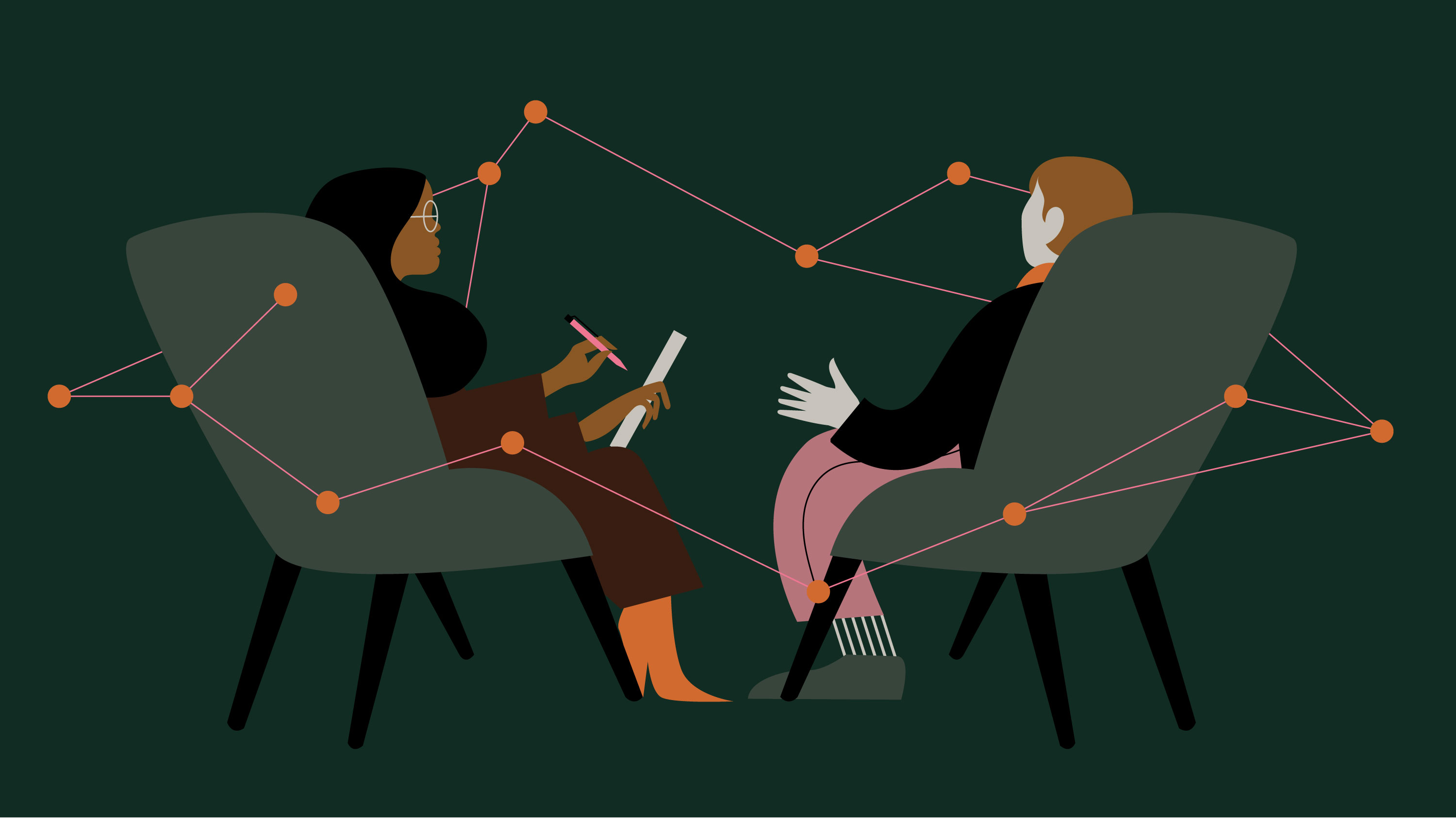
Mental health issues touch countless lives, yet significant barriers obstruct access to quality care for many worldwide. Integrating technology like artificial intelligence to address this expanding crisis demonstrates great promise if pursued thoughtfully. AI mental health applications spanning virtual therapy, mood analysis, treatment personalization, predictive risk modeling and beyond are emerging. While these innovations show immense potential expanding care access, ethical diligence around user privacy and overall wellbeing is paramount amidst progress.
Demand for mental health services surged over 25% globally during the pandemic, according to WHO, while gaps meeting needs widened. Only 2% of government health budgets are allocated to mental health spending on average based on analysis from over 30 countries. Resulting financial, geographic, stigma and resource constraints exacerbate the delivery shortage. AI solutions present opportunities, but also risks if not prudently implemented.
Some AI applications strive to directly fill provider gaps, like Woebot, a chatbot using cognitive behavioral therapy techniques. It prompts users through mood tracking, goal setting, motivational interviewing and other personalized improvement strategies. Combining convenience, consistency and connection shows promise helping users feel heard and supported. Critics argue poor execution could leave users feeling dismissed or alienated without human nuance.
Other tools instead enable providers to scale quality services despite barriers. Meru Health utilizes AI to guide users through eight weeks of customized online mental health programs blending educational courses, breathwork, yoga, meditation and 1-on-1 video therapy. The goal is expanding expert care reach without compromising effectiveness or privacy. Success requires responsibly leveraging technology within professional treatment frameworks.
Machine learning can also enhance mental healthcare via early risk detection. Algorithms integrating subtle pattern deviations in sleep, activity, speech and text can flag probable onset of anxiety, depression, PTSD and other conditions. Timely identification allows preventative interventions before symptoms escalate through early screening programs. Critics debate predictive model reliability and potential self-fulfilling prophecies from over-diagnosis though, demanding judicious monitoring.
While critics justly highlight pitfalls, underestimating AI’s potential improving mental health access and quality risks neglecting underserved communities. Striking an effective balance requires focusing governance discussions on structuring ethical AI that elevates users’ self-efficacy and social belonging. Core considerations span increasing user control over data transparency, allowing people the dignity of self-advocacy in treatment plans, and generally avoiding paternalistic tendencies replacing experience with expertise.
Technological progress will accelerate faster than policies regulating usages. Therefore, service providers and technology partners must exercise conscientious restraint around embedding values like equality, understanding and compassion within designs. For instance, responsible implementations should emphasize that AI analytics complement licensed providers instead of replacing them. Features respectfully advocating seeking well-checked professional perspectives when results indicate can save lives.
Mental health challenges will persist as long as the human experience includes trauma and limitations in fulfilling universal needs like safety, purpose and community. While technology alone cannot resolve all struggles, combining information systems with empathy engines holds promise. The heights of human potential spring from both intelligence and emotional capabilities. Therefore, designing AI prioritizing connection, dignity and wisdom offers pathways for improving wellbeing holistically. Just as mental health spans a spectrum, so too should society’s tools supporting it. With diligent progress, technology and therapy can unite to help all people facing emotional obstacles feel heard, understood and cared for at scale.

